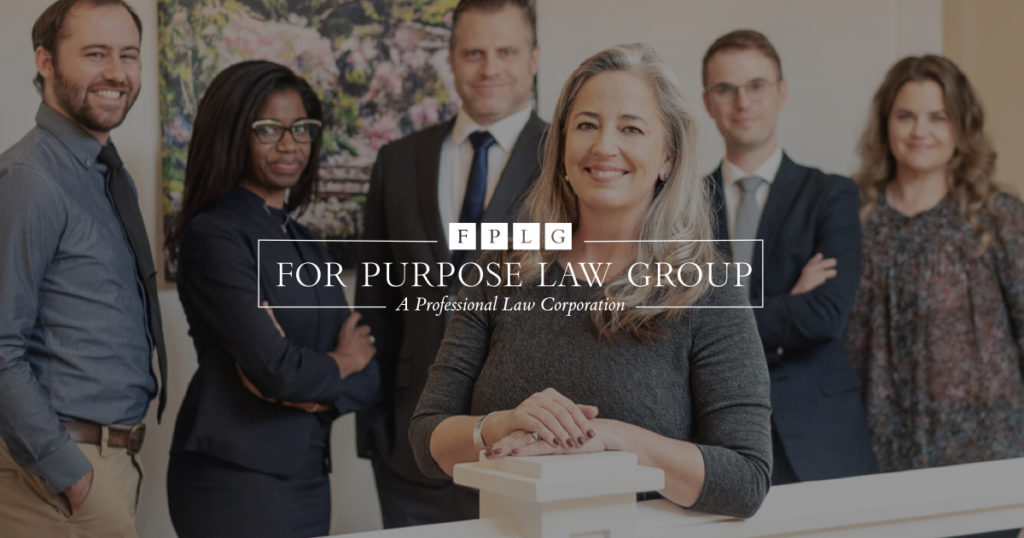

When an organization applies for tax exemption under Internal Revenue Code section 501(c)(3), the IRS assumes it is a private foundation unless the group can demonstrate enough “public support” to be classified as a public charity.
This classification matters because a private foundation is subject to greater scrutiny than a public charity and donors to a private foundation receive less generous tax benefits. There are also a series of excise taxes that may apply to a private foundation; they are designed to either encourage good behavior or discourage prohibited actions. For instance, there are self-dealing taxes under Code section 4941; a transaction may be an act of self-dealing if a party is a “disqualified person” with respect to the foundation. Similarly, there are excess business holdings taxes under Code section 4943; the assets of any “disqualified person” are taken into account.
For these reasons, determining exactly who is and is not a “disqualified person” is a critical issue for private foundations and their directors and officers.
Section 4946 of the Internal Revenue Code provides the definition of “disqualified person” by setting out a list:
It’s not always self-evident from these categories alone whether or not a particular person is a “disqualified person” within the meaning of section 4946.
For instance, who – exactly – is a “family member”? Under the Treasury regulations, that term is more specifically defined as: “spouses, ancestors, lineal descendants and spouses of lineal descendants of substantial contributors, foundation managers, and 20 percent owners. Legally adopted children of an individual are the lineal descendants of the individual under this definition.”
As another example, who exactly would be a “substantial contributor”? Is that a subjective matter, or are there particular rules? Under Code section 507(d)(2), a “ubstantial contributor” is defined as –
any person who contributes or bequeaths an aggregate amount of more than $5,000 to the private foundation, if such amount is more than 2 percent of the total contributions and bequeaths received by the foundation before the close of its taxable year in which the contribution or bequest is received from such person.
Sometimes, a private foundation is funded by a family trust. In that case, the creator of the trust is considered to be the “substantial contributor,” even though that creator’s contributions “may not have exceeded the $5,000 and 2 percent limit.”
There are other tricky twists and turns. Among them, for example, is that a donor to a trust is “a substantial contributor as of the first date when he or she exceeded the $5,000 and 2 percent limit, even though the determination of the percentage of total contributions and bequests is not made until the end of the private foundation’s taxable year.” Also, “[o]nce a person is a substantial contributor with respect to a private foundation, he or she remains a substantial contributor even though he or she might not be so classified if a determination were first made at some later date.” But –
A person’s status as a substantial contributor will cease, however, if neither the substantial contributor nor his or her family member has made a contribution or bequest or been a foundation manager within a 10 year period ending at the close of the tax year, and the aggregate contributions or bequests by the substantial contributor are determined by the IRS to be insignificant when compared to the aggregate contributions or bequests by another person.
The point is not to set out here each and every issue that arises in determining who is or is not a “disqualified person”; rather, it’s to make clear how convoluted this inquiry can be.
For more specific guidance, see Treasury Regulation section 53.4946-1; IRS materials available online including Publication 578, Private Foundations; and revenue rulings and court cases.
For instance, in Rev. Rul. 74-287, certain employees of a bank were collectively designated as the trustee of a private foundation with delegated fiduciary responsibility for the administration of the trust. Despite this dual status as bank employees and fiduciaries of an independent trust, they are “disqualified persons” as to the trust.
In Rockefeller v. U.S., 572 F. Supp. 9 (E.D. Ark. 1982), aff’d, 718 F.2d 290 (8th Cir. 1983), a taxpayer was the lineal descendant (i.e., a family member) of a deceased substantial contributor. The court ruled that he is a “disqualified person” with respect to the private foundation on account of this tenuous connection.
An IRS agent conducting an audit of a private foundation will take a close look at various transactions including, for example, the sale, exchange, or leasing of property; the lending of money or extension of credit; the furnishing of goods, services, or facilities; and the payment of compensation or expenses reimbursements. Then the agent will explore how any or all “disqualified persons” have any connection with any such transactions.
In order to prevent the imposition of costly excise taxes, a private foundation’s directors and officers must take care to learn about and clearly understand these complex rules.
Sign up to be notified when we publish news and articles that impact nonprofits, social entrepreneurs and philanthropists.